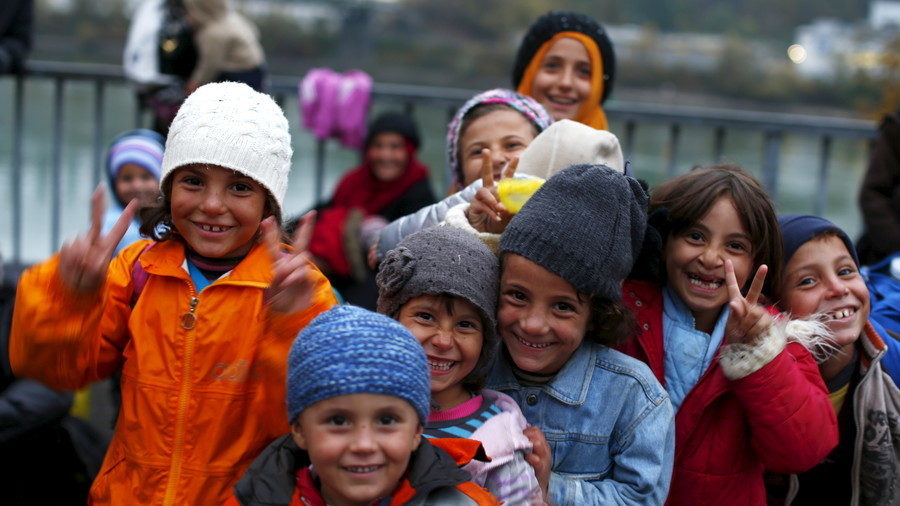
The 8th annual report, prepared by an independent expert council, has found that the Austrian government's efforts to encourage those with migrant background to learn German have largely fallen flat. The reluctance or inability of migrants, many of whom have arrived into the country in the recent years, is showing more clearly in the country's capital, Vienna, where 51.2 percent of schoolchildren now interact in a language other than German.
Overall in Austria, every fourth student uses his or her native language outside classroom.
The percentage varies depending on the type of the school. In primary schools in Vienna, that are attended by children from 6 to 10, the number of pupils that converse mainly in their native language in their free time, stands at 58 percent. While among those who attend new middle schools, that is children aged from 10 to 14, the number of those using German only in case of need, amounts to a whopping 72 percent.
Children who arrive in Austria aged 10 or older are immediately accepted to the so-called NMS, new middle schools, which, unlike Higher General Education Schools (AHC) that teach students of the same ages, cannot reject applicants.
Since 2015, when the refugee and migrant influx into Europe reached its apogee, the number of foreign arrivals into Austria has been steadily decreasing. However, since 2010, the number of people with migrant background has surged dramatically. While eight years ago there were some 1,54 million people with migrant roots living in Austria, last year this number reached 1,97 million, which is roughly 23 percent of 8,7 million-strong total Austrian population.
Half of all recipients of minimum welfare benefits in Austria are foreign nationals. 55 percent of them are asylum seekers or those qualified for state subsidies.
Austria's right-wing coalition government has been busy tightening immigration screws since coming into power in December last year. Austrian Chancellor Sebastian Kurz vowed to cut benefits for foreigners who fail to pass a German language test, saying back in March that "whoever has insufficient language skills will not be able to claim the full minimum benefit," that is €863 per month.
Presenting the report, Austria's foreign minister Karin Kneissl argued that the overall decline in German language skills that can be observed among migrants can be blamed on the accessibility of international TV channels. Television has "replaced the fireplace" in some families, Kneissl argued. She also highlighted the role of female migrants, especially those who had received a conservative upbringing, in fostering integration processes.
"Women are the motor of integration, and they play a particularly important role in the integration process, as they are responsible for the education of children, especially in patriarchal systems," Kneissl said.
While the asylum-seekers fleeing war, persecution and poverty in the Middle East and Africa have contributed greatly to the number of migrants, the biggest group of foreigners living in Austria are still Germans, followed by the Serbs and Turks, the report noted.



As a side note, can "Cockney" equated with "English" ???